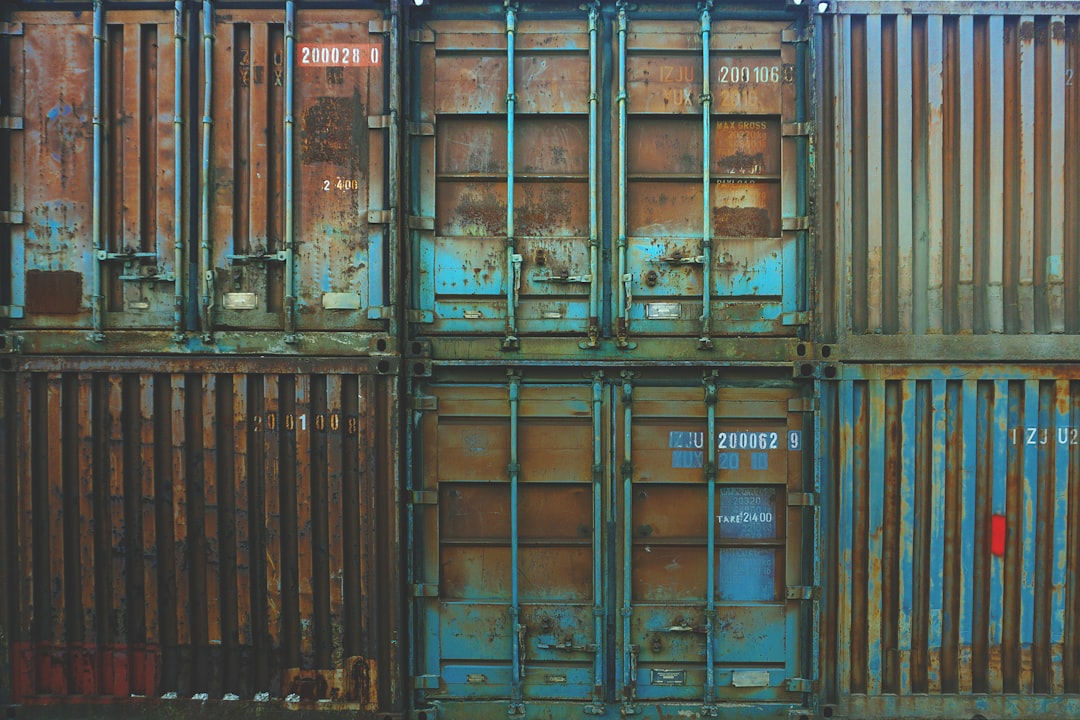What is it about?
Isolated metal clusters serve as model systems for nitrogen activating catalysts, albeit idealized ones. Research on these clusters allows for an unprecedented multi-method approach that incorporates reaction kinetic studies, infrared vibrational characterization and quantum chemical modelling of the much involved multi step reaction pathways. Bringing the insights from all of these methods together, it became possible to scavenge and identify some frozen reaction intermediates with partial N2 activation. Together, this J.Chem.Phys. publication https://doi.org/10.1063/5.0157218 and the preceding back-to-back paper https://doi.org/10.1063/5.0157217 provide for an unprecedented detail of information on the Nitrogen Tantalum interaction.
Featured Image

Photo by Maksym Kaharlytskyi on Unsplash
Why is it important?
Catalytic Nitrogen activation and cleavage sustains large scale industrial fertilizer production feeding mankind. Nevertheless, the elementary steps of the most involved N2 bond breaking are still under debate, and fundamental research needs to elucidate these. Catalytic N2 self poisoning and catalytic N2 self promotion are effects which have not been characterized in detail before. Cluster research helps in this regard. It may point out directions for the improving of practical catalytic protocols.
Perspectives
The current type of research provides for unique opportunities of a knowledge driven design. The methodology is transferable to other model catalysts, and such research is underway.
Gereon Niedner-Schatteburg
RPTU Kaiserslautern-Landau
Read the Original
This page is a summary of: Cryo-IR spectroscopy and cryo-kinetics of cluster N2 adsorbate complexes of tantalum cluster cations Ta5-8+, The Journal of Chemical Physics, October 2023, American Institute of Physics,
DOI: 10.1063/5.0157218.
You can read the full text:
Resources
Contributors
The following have contributed to this page










